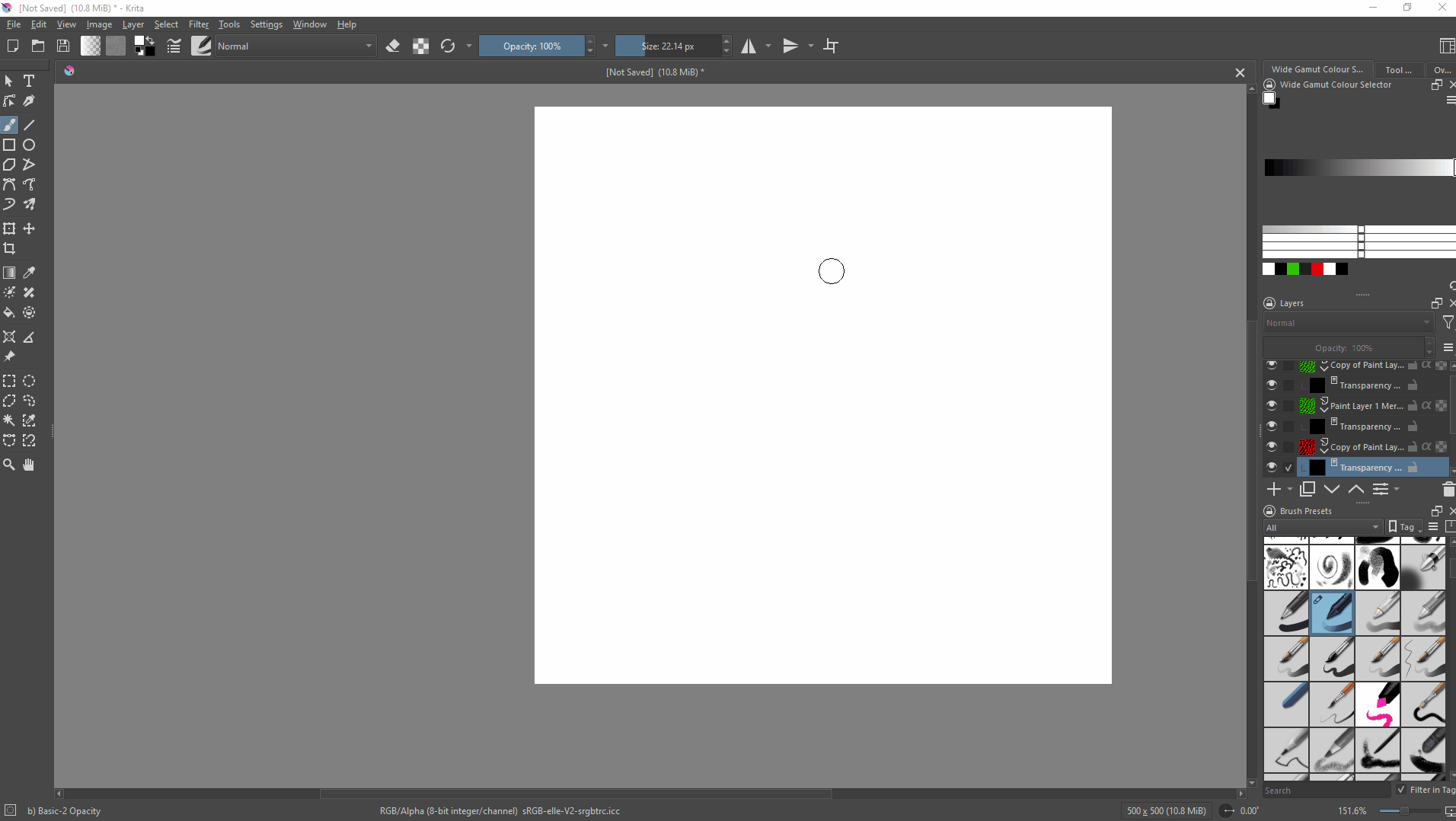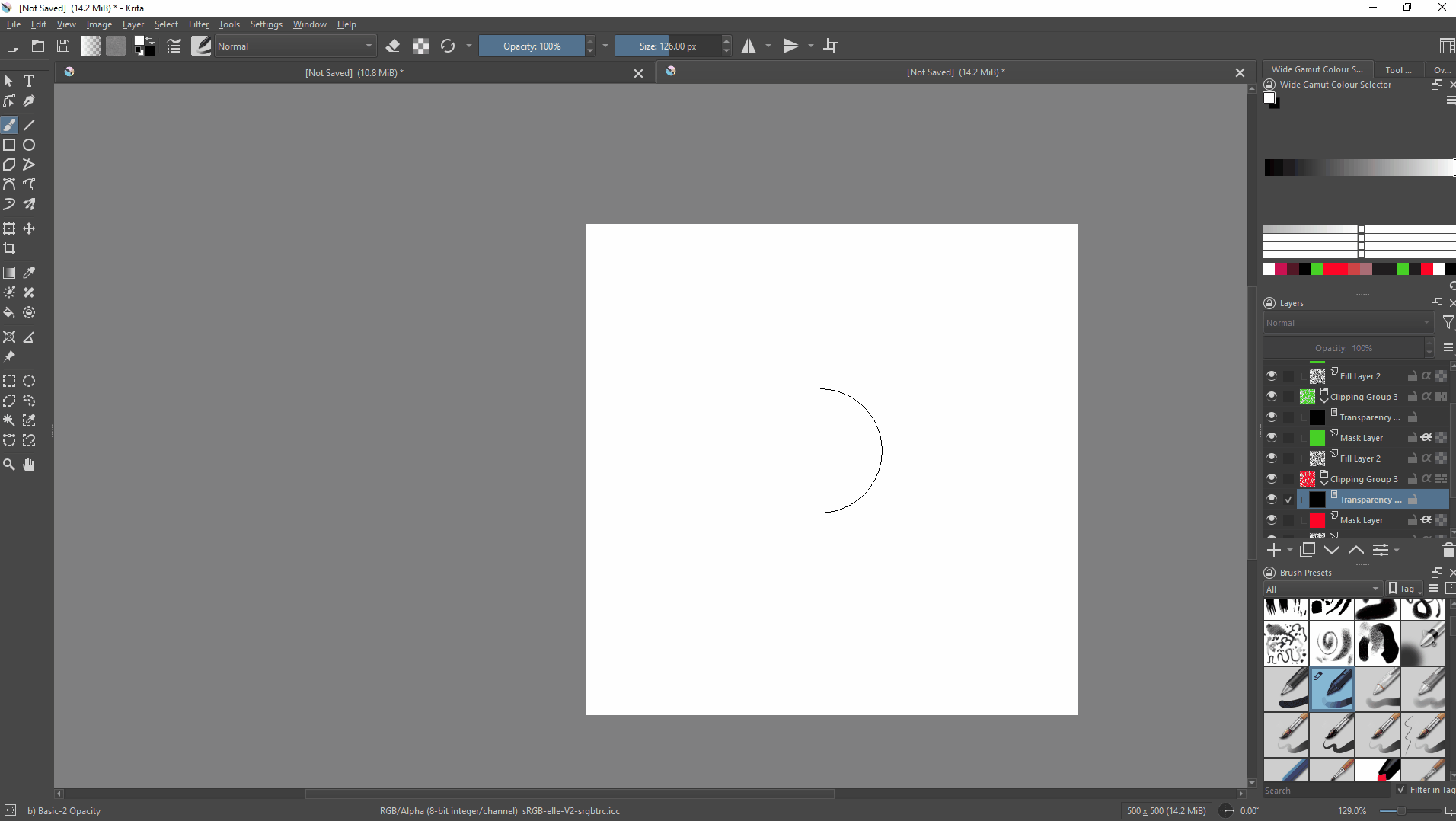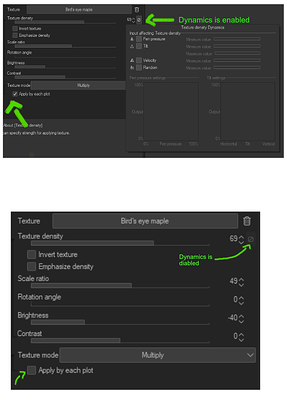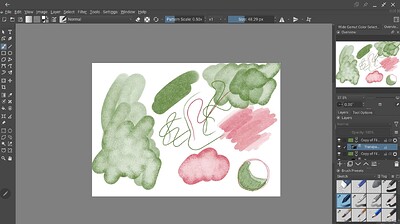Hello there,
Been thinking about this feature lately. Beforehand, I’d like to point out that I’ve been enjoying using Krita and eventhough I have not shown any of my work here, just want to let you know that Krita has been allowing me to have fun experimenting and trying out knew things in my creative endeavours.
I’ve been looking at similar settings in procreate and clip studio and noticed that if you enable texture per tip, the option to map depth or texture density to sensors is disabled, maybe since it will complicate the texturing process. So, if texture each stroke is to be implemented to Krita, probably strength parameter will need to be disabled.
This is from Clip Studio Paint.
There was this one theory I have as a result where clip studio and procreate both apply texture via whatever blend mode to the whole canvas that the brush stroke will ‘reveal’ and the once the stylus pen is lifted, it is merged to create the final image and then the process repeats.
I’ve done some test for this theory for both multiply and subtract but since the way brush texture blend mode and layer blend modes work differently, my method may not be fully accurate.
Okay, multiply first:
- I start by adding flat colour to a layer, in this case red.
- Then I added fill layer set to pattern layer on top, chose a pattern and set the layer to multiply.
- I merge the layer to get the final "look. Then I add a transparency mask and colour it black to hide the texture. So this will simulate a blank canvas.
- Select a brush, and on transparency mask, colour the canvas with white to “reveal” the pattern underneath. This is equal to making the textured brush strokes.
- If you lift the stylus, imagine the mask is merged into the layer and you get the final image, ie the brush stroke itself.
- Adding a new stroke would be equivalent to adding another layer on top.

However my setup for multiply might no be wholly accurate since multiply in brush settings make use of alpha values. It’s just a crude method to test my "revealing texture"theory. I found out using the method above will not work with subtract since subtract works by subtracting transparency based on greyness value. (I don’t know how to explain things since I am not a coder but anyone who understand how it works can help to explain to me)
Therefore, based on reading about how subtract works, I decided to manually simulate a subtract set up. If I’m not mistaken, a brush stroke with pattern set to subtract would have the dark part of the pattern be opaque while the white part transparent, with the grey part varying in transparency. Therefore I would have to:
- Setup a texture fill on the layer and choose a pattern to fill the canvas.
- Convert the colour, in this case, the greyness into transparency. So darker area of the pattern fill will be opaque and lose transparency as it goes towards grey and white. I used cross colour channel adjustment filter to achieve this. So, the result will be a canvas with texture fill where the dark pixels is opaque and grey and white pixels will be converted to transparent area.
- I wanted to simulate adding brushstroke with different colour, so I coloured in the opaque part with the help of inherit alpha toggle.
- Add transparency mask to the texture fill layer so as to simulate an empty canvas by filling the mask with black
- Using a brush on the transparency mask, make a stroke with white colour to simulate making a brush stroke on an empty canvas.
- Finally to simulate making a new brush stroke, duplicate the setup from above before making a new mark.
I’ve included some recording to better visualize this setup.

There had been a discussion in the other thread but it’s locked already so I’ve decided to post here instead
I don’t know if this is the planned implementation, if anyone is working on it. I guess I am bit curious about whether this is a viable setup. I tried this set up with masked brush since that is the main concern with the other thread and it seems to work pretty well.
If anyone has suggestions or thoughts feel free to add.
Regards,
Carina

